Ever started a new routine only to watch it crumble within weeks? You’re not alone. Most routines fail because they’re built on temporary motivation rather than sustainable habits. The key to long-term success lies in daily habits, time management, and self-discipline—a trifecta that transforms fleeting routines into lifelong habits.
A well-structured routine doesn’t just improve productivity; it creates mental clarity, reduces stress, and fosters self-growth. But the magic isn’t in grand overhauls—it’s in small, intentional actions repeated consistently. Ready to build a routine that actually sticks? Let’s dive in.
Start Small to Build Momentum
The Secret to Lasting Change is Small, Consistent Steps
Many people overestimate what they can do in a day and underestimate what they can achieve in a year. The trick? Start ridiculously small. Instead of committing to an hour-long morning routine, begin with five minutes of stretching or journaling. Small wins create positive reinforcement, making it easier to keep going.
How Tiny Daily Habits Lead to Big Results Over Time
Think of habits like compound interest—tiny efforts multiply over time. A five-minute meditation today can evolve into a 30-minute mindfulness practice months down the line. The goal is progress, not perfection.
Avoiding the All-or-Nothing Trap When Starting a Routine
One skipped day doesn’t mean failure. The biggest mistake? Thinking you must “start over” after missing a day. Instead of an all-or-nothing mindset, adopt the never-miss-twice rule. Life happens, but resilience keeps you moving forward.
Master Time Management to Stay on Track
How to Structure Your Day for Success Without Feeling Overwhelmed
A chaotic day destroys even the best routines. The solution? Time blocking. Allocate specific time slots for essential activities—whether it’s exercise, reading, or focused work. A structured day ensures that routines fit seamlessly into your lifestyle.
The Best Time Management Techniques to Keep Your Routine Consistent
Leverage techniques like the Pomodoro Technique (25-minute focused work sessions) or the Pareto Principle (focus on the 20% of tasks that yield 80% of results). A routine thrives on intentional time management.

Eliminating Distractions and Creating a Focused Daily Schedule
Distractions are the enemy of consistency. Silence notifications, set designated workspaces, and establish boundaries. A clutter-free environment fuels discipline and ensures your routine remains a non-negotiable priority.
Make Self-Discipline Your Superpower
How to Stay Committed When Motivation Fades
Motivation is fleeting, but self-discipline keeps you going. Instead of waiting to “feel like it,” act first. Action sparks motivation, not the other way around. Once you start, momentum builds, making consistency effortless.
Building Accountability to Reinforce Your Routine
Accountability amplifies discipline. Find an accountability partner, use habit-tracking apps, or journal your progress. When someone—or something—is tracking your actions, you’re more likely to stay committed.
The Role of Rewards and Consequences in Sticking to Good Habits
Reward progress to reinforce positive behavior. It could be a favorite coffee after a morning workout or a relaxing evening after hitting your goals. Likewise, set consequences—no Netflix until you’ve completed your daily habits. Rewarding discipline makes routines enjoyable, not restrictive.
Create a Routine That Fits Your Lifestyle
Why Your Routine Should Adapt to Your Needs, Not the Other Way Around
A rigid routine is a failing routine. Life is dynamic—your routine should be, too. Design habits that align with your energy levels, work demands, and personal priorities to make them sustainable.
How to Balance Flexibility with Consistency for Long-Term Success
Flexibility doesn’t mean inconsistency. If you miss your morning workout, reschedule it for the evening. If journaling daily feels overwhelming, do it three times a week. The key is adapting without abandoning.
The Importance of Identifying Your Non-Negotiables
Some habits must stay intact—whether it’s morning hydration, daily movement, or evening reflection. Identify the core elements of your routine and protect them, no matter what.

Overcome Common Routine Roadblocks
How to Bounce Back After Missing a Day Without Losing Momentum
Missed a day? Acknowledge it, learn from it, and move on. A single skipped workout won’t ruin your fitness journey—quitting will.
Dealing with Unexpected Changes That Disrupt Your Schedule
Life throws curveballs. Travel, work emergencies, or family commitments can derail routines. Have a backup plan—a 10-minute home workout instead of a gym session, a quick breathing exercise instead of a full meditation. Adjust, don’t abandon.
Stopping Perfectionism from Sabotaging Your Progress
Perfectionism leads to procrastination. A 50% effort is better than no effort at all. Done imperfectly is still progress. Let go of all-or-nothing thinking and embrace consistency over perfection.
Turn Your Routine Into a Habit That Lasts for Life
How to Automate Your Routine So It Becomes Second Nature
Ever brushed your teeth without thinking? That’s habit automation. Use habit stacking—attach new habits to existing ones. Example: Drink water right after brushing your teeth or stretch before bed. Over time, routines become instinctive.
The Power of Habit Stacking to Strengthen Your Daily Routine
Habit stacking simplifies consistency. Pair an existing habit with a new one: Listen to audiobooks while commuting, practice gratitude while making coffee, or do squats while brushing your teeth. When habits blend into daily activities, they become unshakable.
How to Make Long-Term Adjustments to Keep Your Routine Effective
Life evolves—so should your routine. Regularly assess, tweak, and refine your habits. What worked last year may not work today. Stay intentional, adaptable, and proactive in maintaining a routine that supports your growth.
Conclusion
Building a routine that sticks for good isn’t about strict schedules or sheer willpower. It’s about small, consistent habits, smart time management, and unwavering self-discipline. Start small, manage your time wisely, stay accountable, and embrace flexibility.
Most importantly—be patient. Sustainable routines aren’t built overnight, but with commitment and adaptability, they become an integral part of your life.
The best routine? The one you can stick to. Start today and watch your life transform.

Frequently Asked Questions
1. Why do I struggle to stick to a daily routine?
Many people struggle with routines because they start too big, rely on motivation, or lack a structured plan. Instead of trying to overhaul your life overnight, start with small, manageable habits that fit into your daily schedule. Use habit tracking, time management strategies, and self-discipline to make your routine sustainable.
2. How long does it take to form a habit that sticks?
The time it takes to form a habit varies, but research suggests it takes about 21 to 66 days to establish a routine. The key is consistency over perfection. Even if you miss a day, get back on track quickly to reinforce long-term behavior change.
3. What are the best time management techniques for maintaining a routine?
Effective time management is crucial for a lasting routine. Popular methods include:
- Time blocking – Schedule specific time slots for daily habits.
- The Pomodoro Technique – Work in focused intervals (e.g., 25 minutes work, 5 minutes break).
-
The 80/20 Rule – Focus on the 20% of habits that yield 80% of your results.
Eliminating distractions and setting clear priorities will also help keep your routine on track.
4. How do I stay disciplined when I don’t feel motivated?
Motivation is temporary, but self-discipline builds consistency. To stay on track:
- Make habits automatic by attaching them to existing routines (habit stacking).
- Hold yourself accountable with habit trackers or an accountability partner.
-
Reward progress to create positive reinforcement.
When discipline becomes second nature, your routine will no longer depend on motivation alone.
5. What should I do if my routine gets disrupted?
Life is unpredictable, and disruptions happen. Instead of abandoning your routine, adapt it:
- Have a backup plan (e.g., a 10-minute workout instead of a full session).
- Use the "never miss twice" rule to regain momentum quickly.
- Adjust, don’t quit—your routine should be flexible enough to accommodate changes while keeping core habits intact.



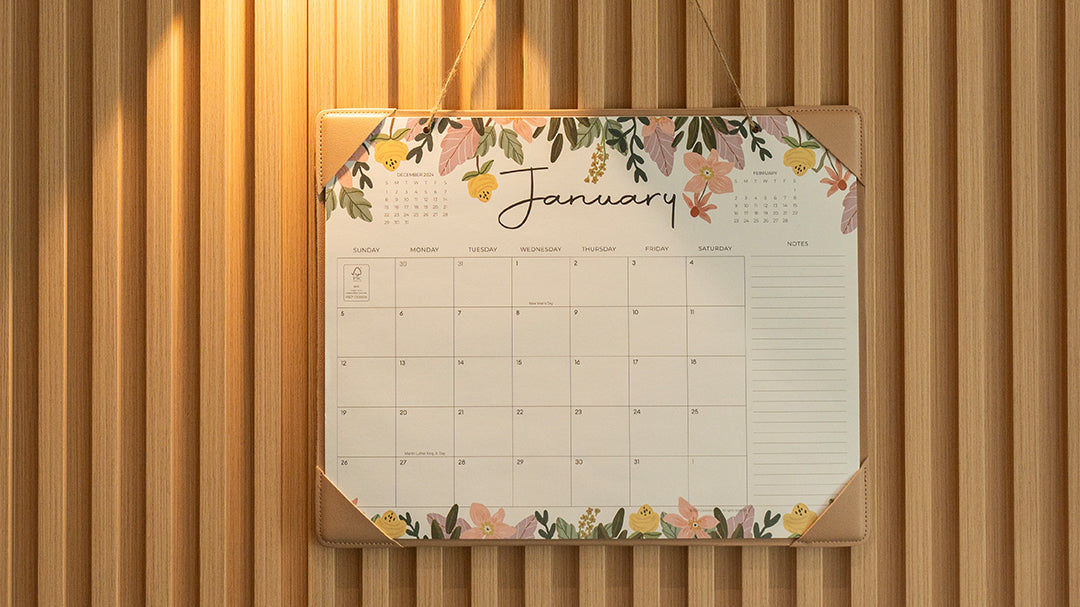


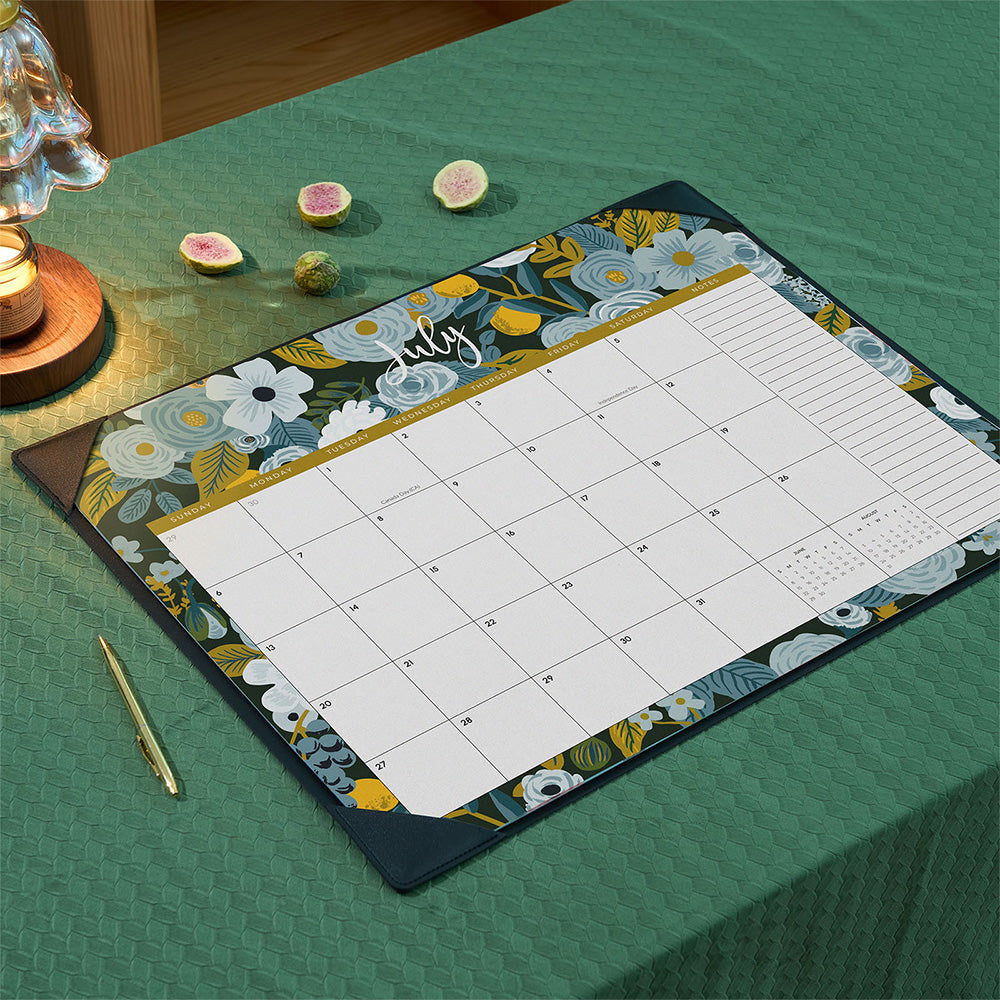





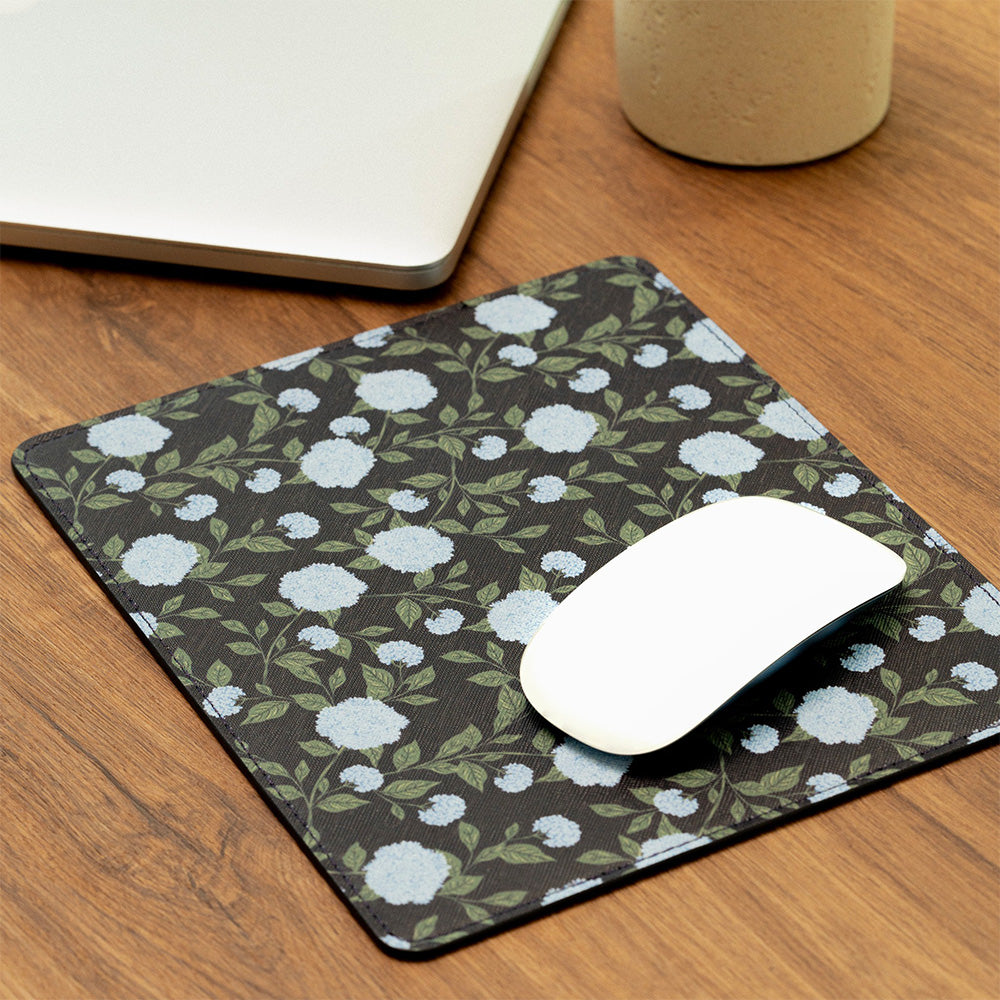
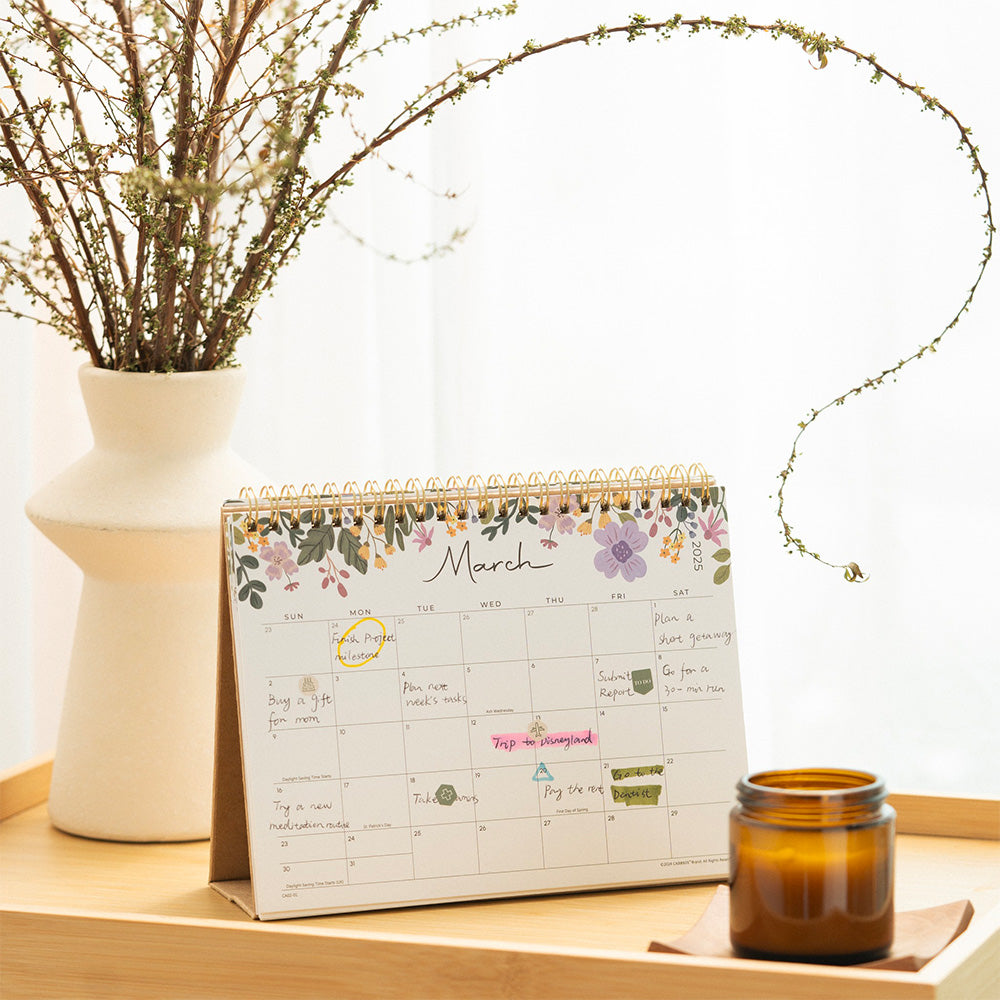
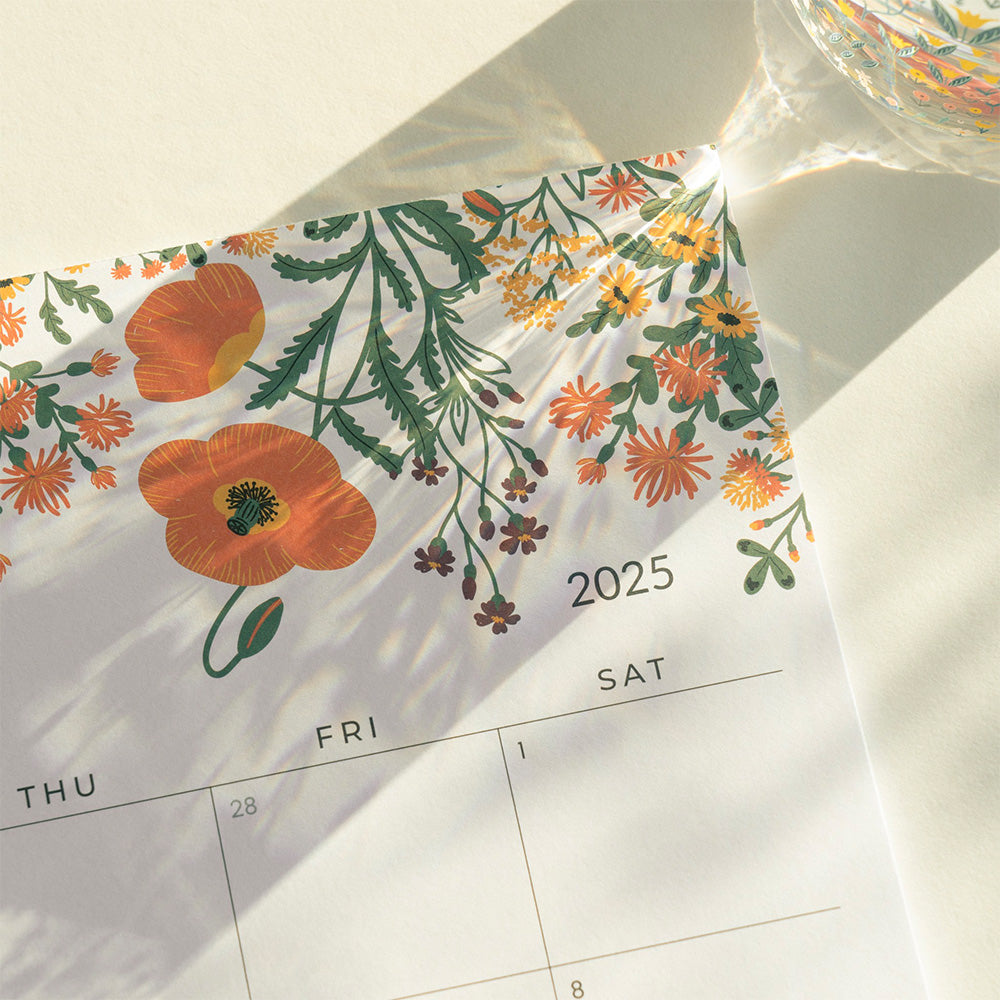


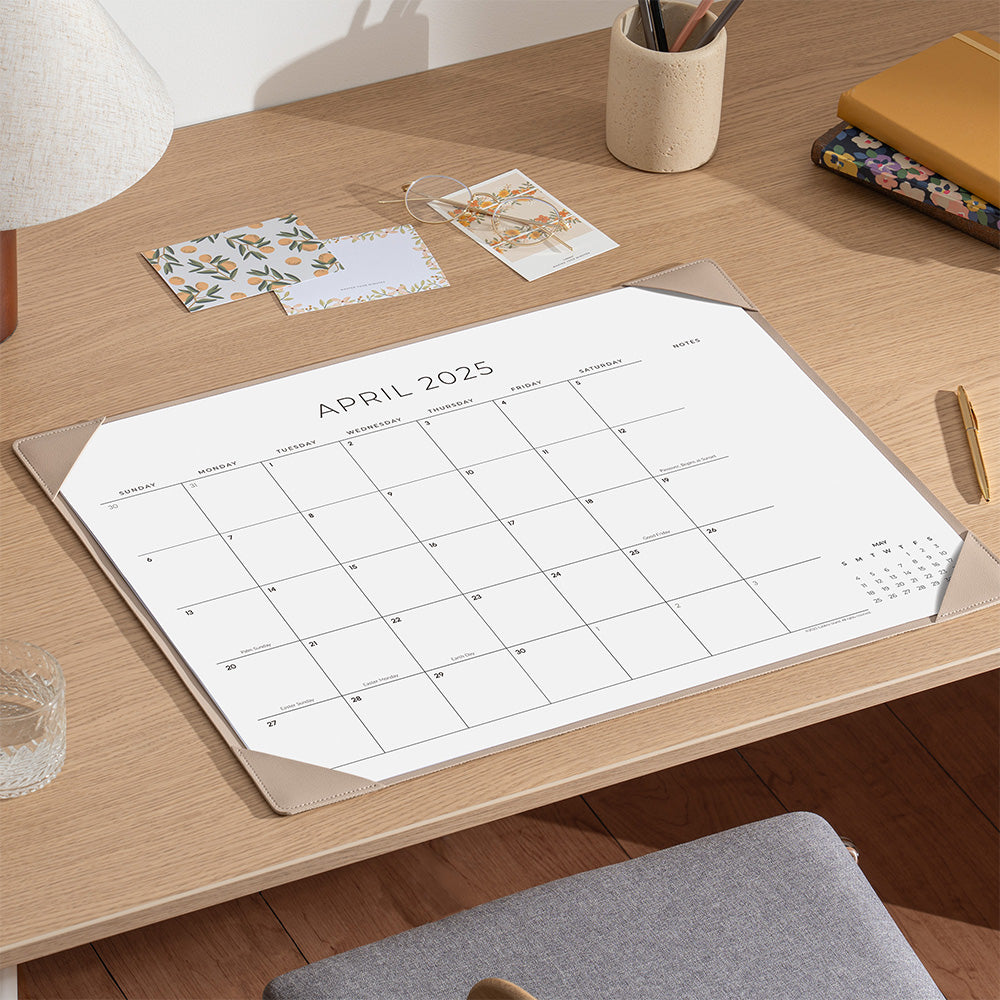
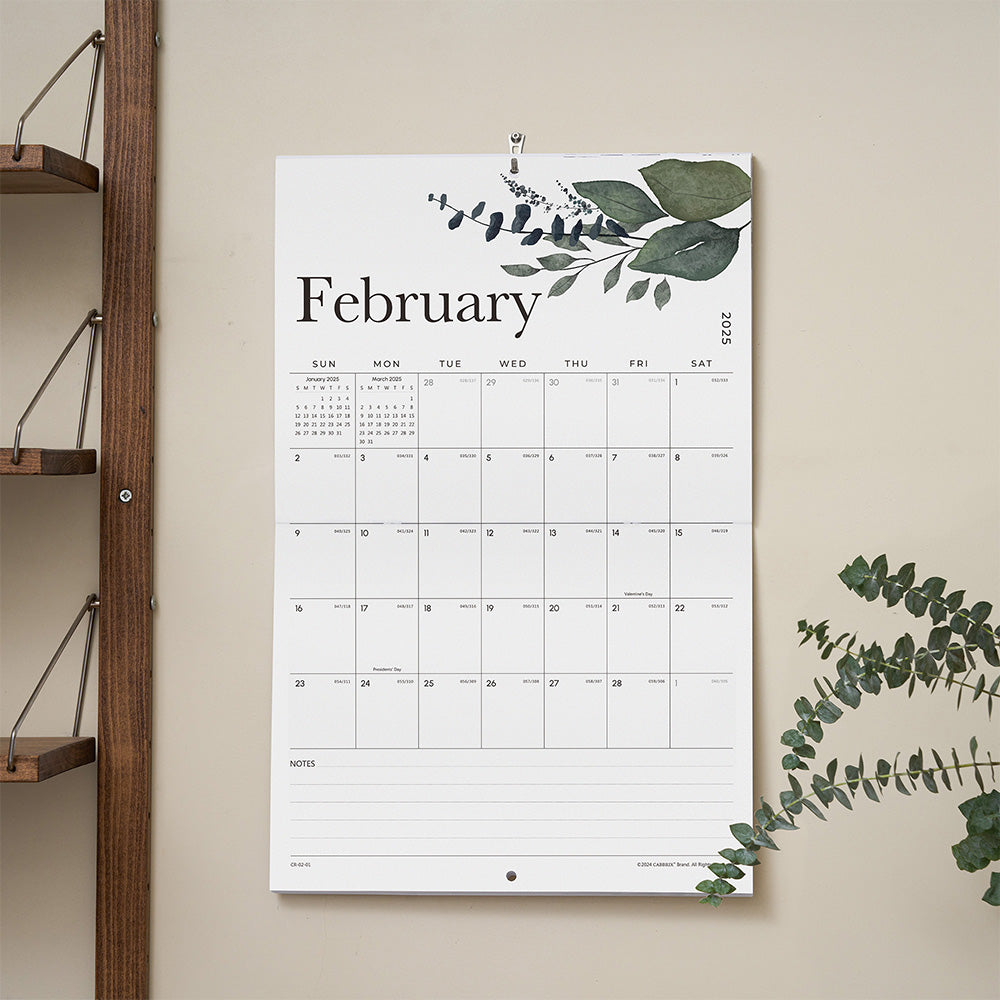
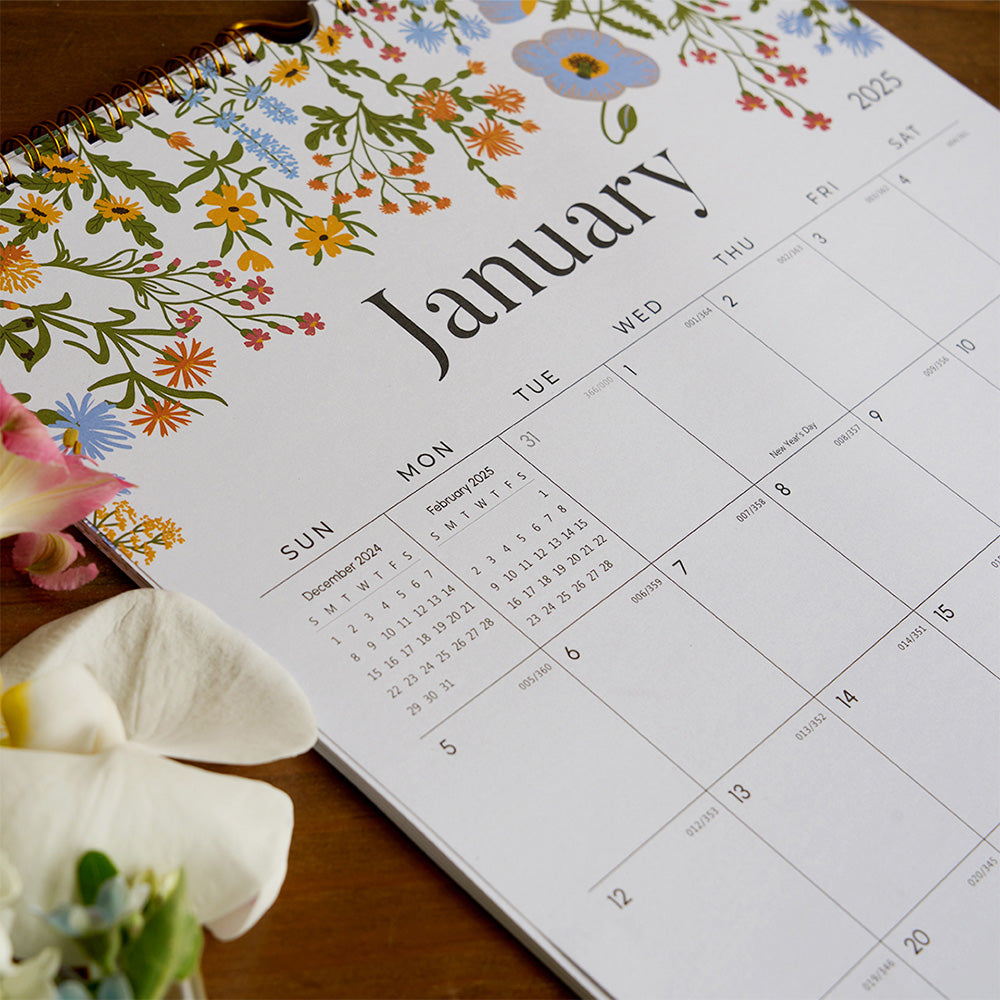
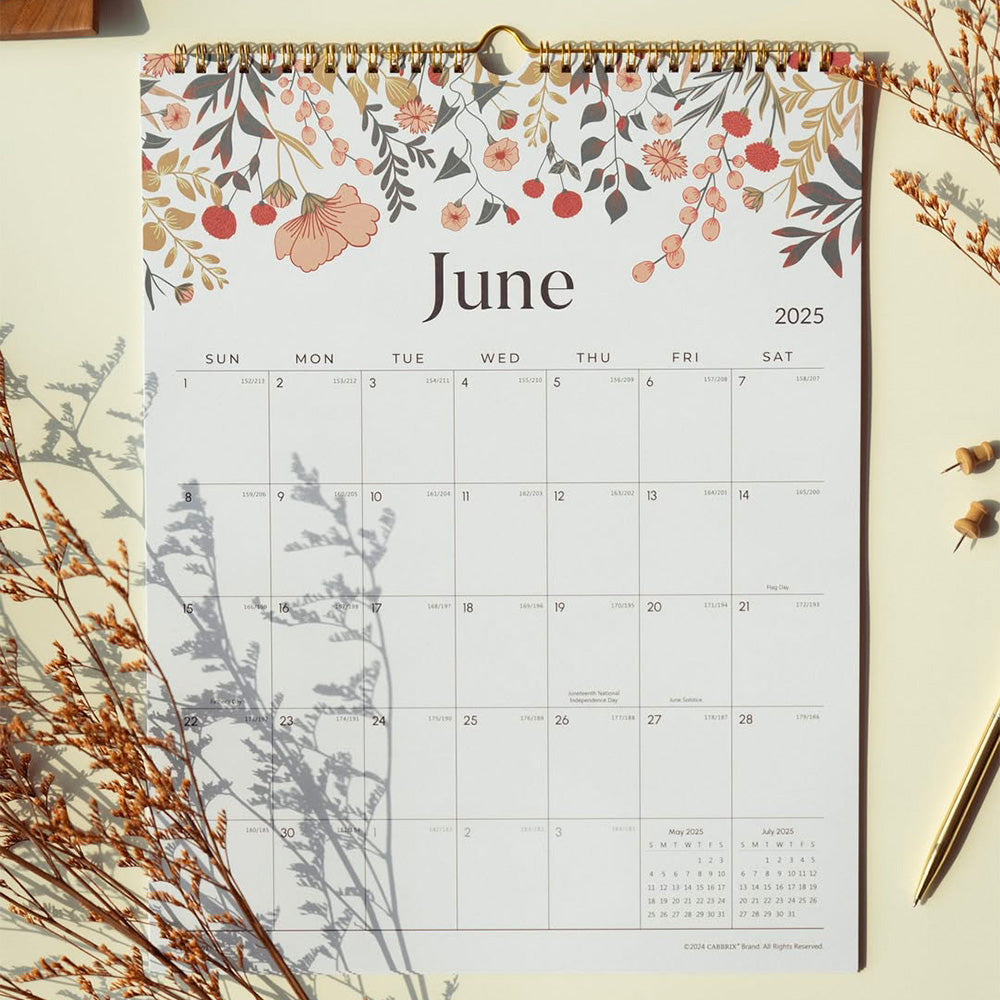
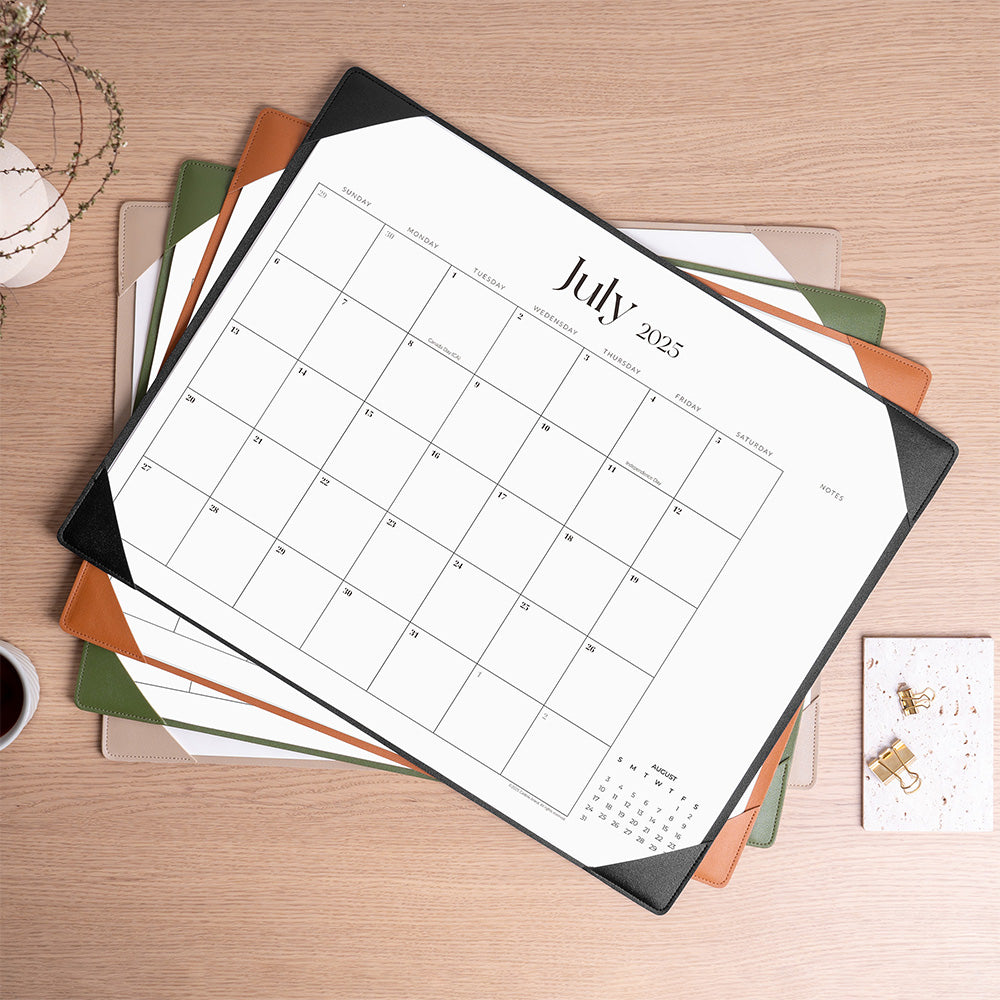
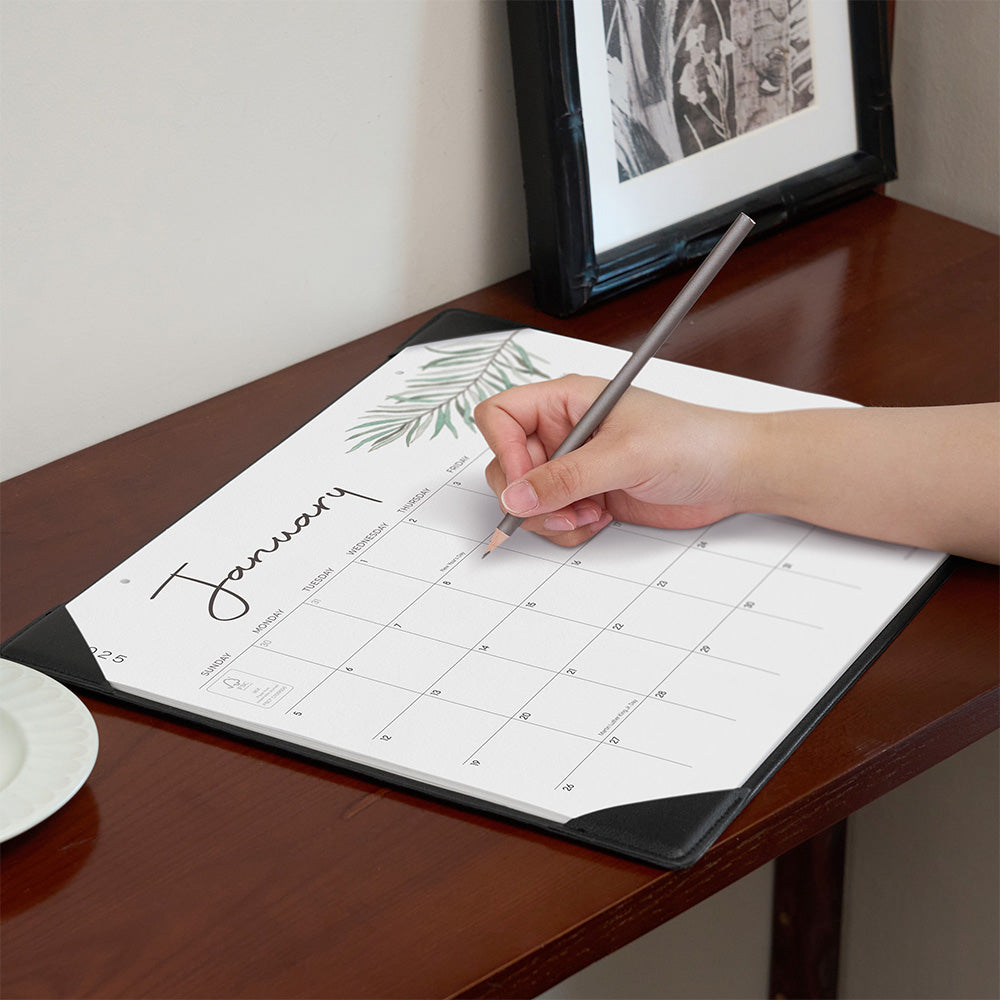

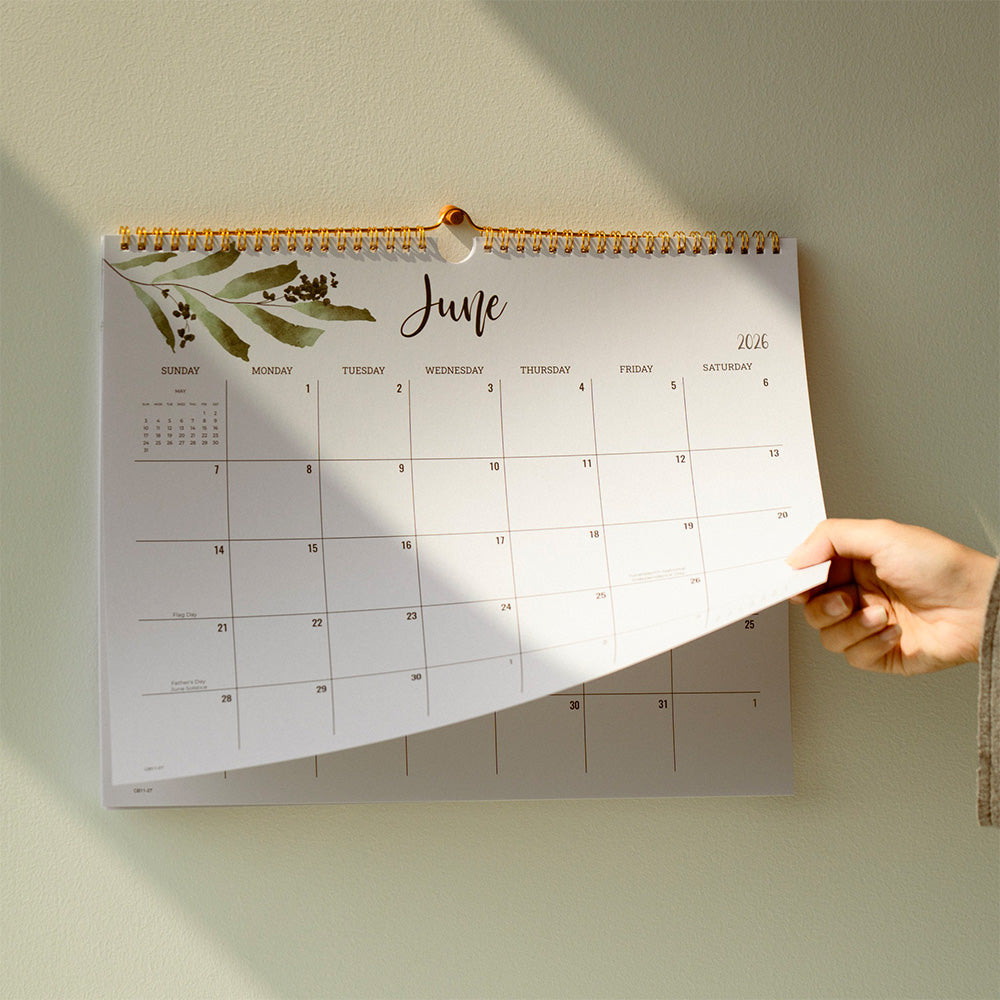

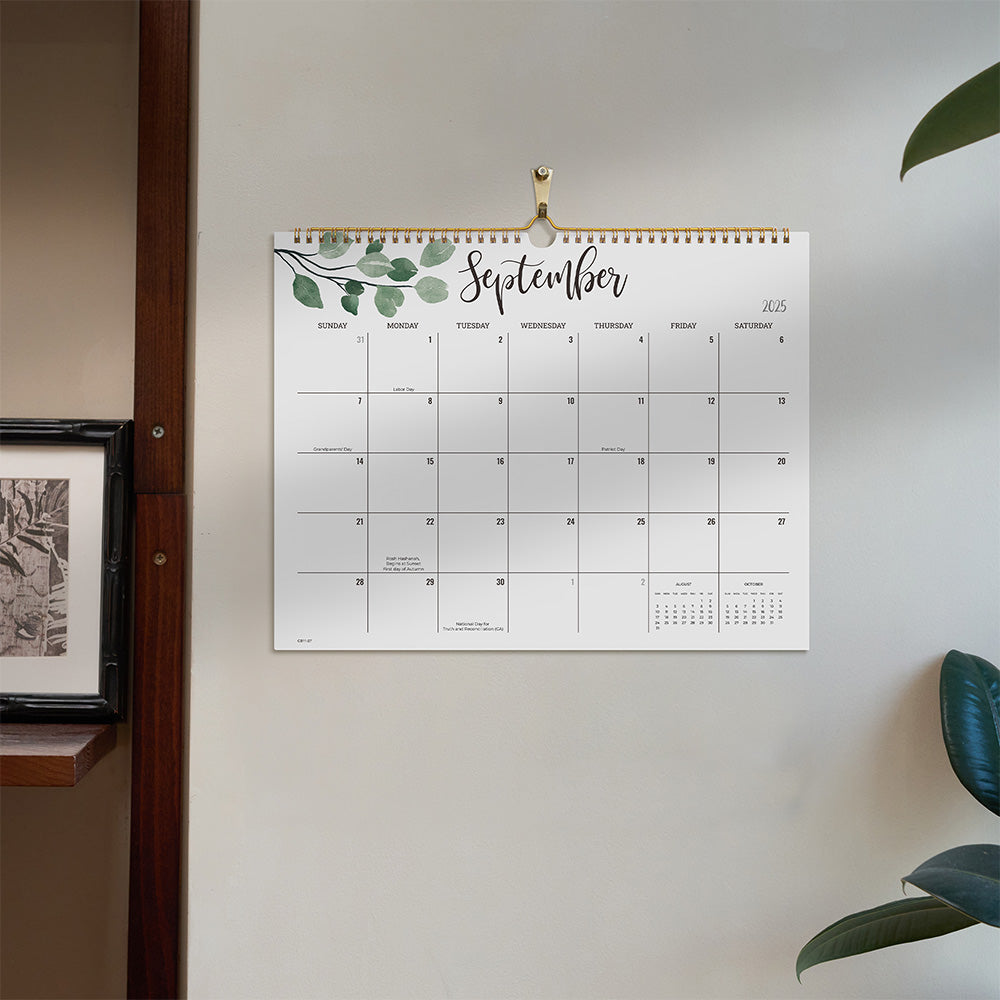
Leave a comment
This site is protected by hCaptcha and the hCaptcha Privacy Policy and Terms of Service apply.